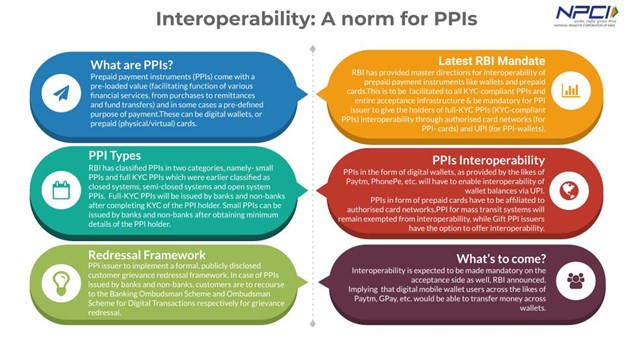


Biometric Card Payments
- Hitika Gupta, Lead, Relationship Management, NPCI
Biometric is a form of identification that recognises and analyses an individual based on their physical and behavioural traits. These include fingerprints, eye retina and iris scanning, voice recognition, facial patterns, and body movement, including gait.
Biometric Card itself is an innovative, payment card technology that provides a secure way of authentication for cardholders at the point-of-sale (POS) with fingerprint — as an alternative to PIN or signature. Additionally, it works with current merchant point-of-sale terminals – no need for hardware or software upgrade.
How it works?
During a transaction, the embedded sensor captures and matches the cardholder's fingerprint to the digital template stored on the card. The cardholder's biometric data does not leave the card at any point, as the biometric capture and match is done entirely on the card. If the match is successful, the transaction is authenticated and there is no need for the cardholder to provide a PIN or signature.
Similar to digital wallets, the Biometric Card can be used for paying above the terminal’s contactless limit without the need for a PIN or signature. The card can do a biometric ‘capture and compare’ entirely on the card. The results of the biometric match are shared with the issuer as part of the authorisation request.
Biometric Cards Benefits
For Issuers:
For Cardholders:
For Merchants: